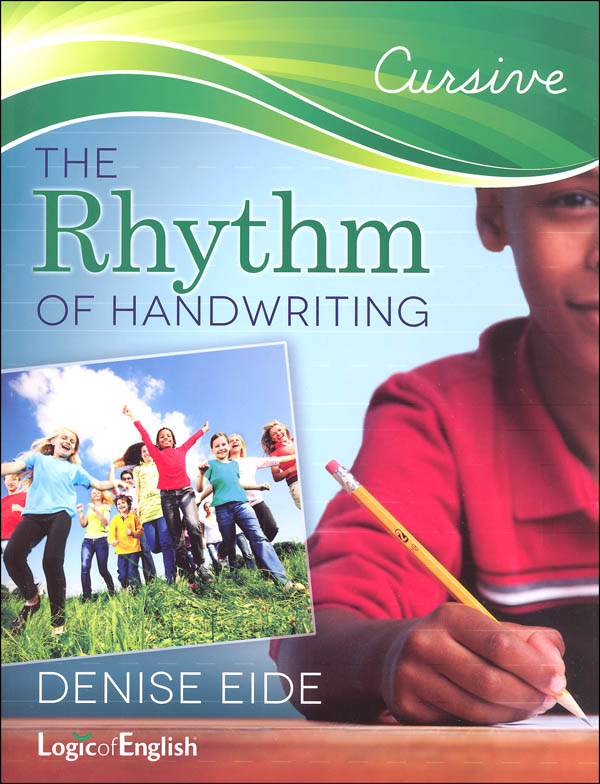Logic of English wanted a custom font that was developmentally appropriate for young students and helpful for students struggling with handwriting. We worked with David Occhino Design to create the School LOE™ font, which they released in 2013 in both manuscript and cursive. The Rhythm of Handwriting Student Book guides you through all the steps needed to help your student develop rhythmic, fluid, comfortable handwriting.
Cursive Program Highlights
- All lowercase letters begin on the baseline.
- Uppercase letters only connect to the next letter if they end on the baseline.
- The capital Q has been simplified to reflect the manuscript version.
- Letter formation is closely matched to the manuscript font to facilitate ease in transition from one to another.
The Rhythm of Handwriting Cursive Student Book can stand alone as a handwriting curriculum, but we recommend supplementing the workbook with one or more of our Handwriting Supplements with the program.
If you are teaching Foundations, Rhythm of Handwriting instruction is completely incorporated into the curriculum, so you do not need to buy the handwriting book separately.


